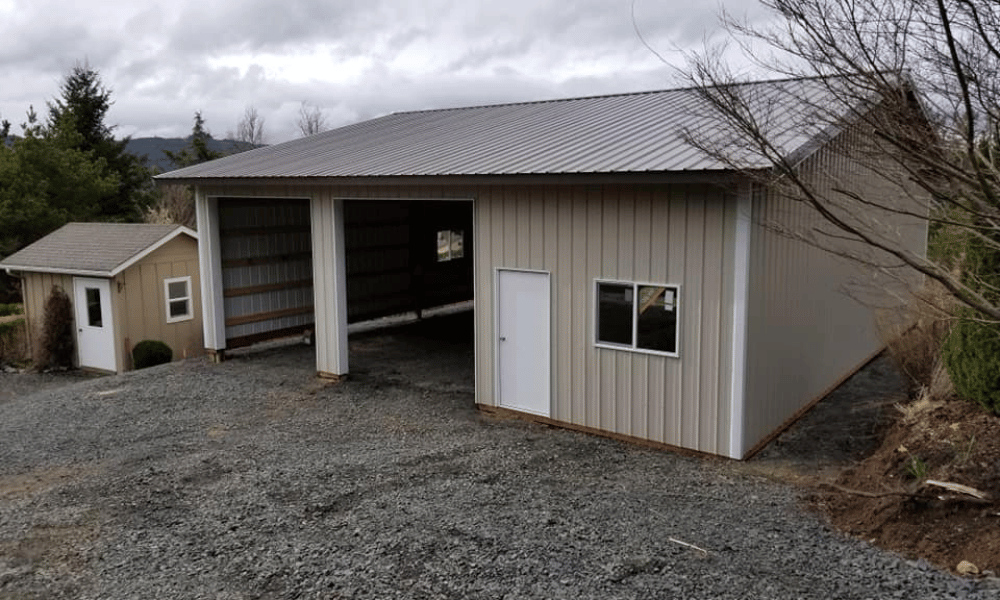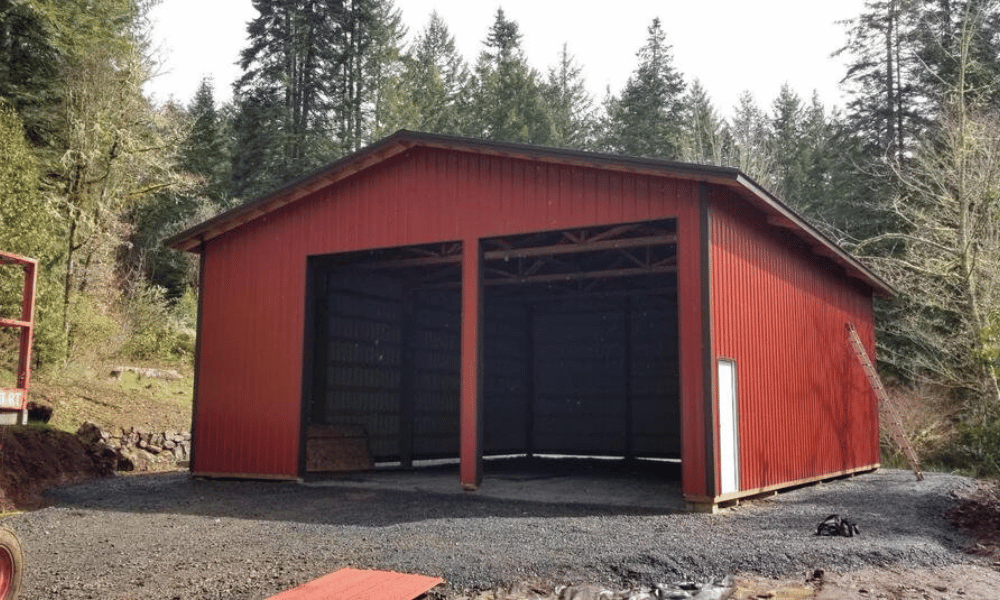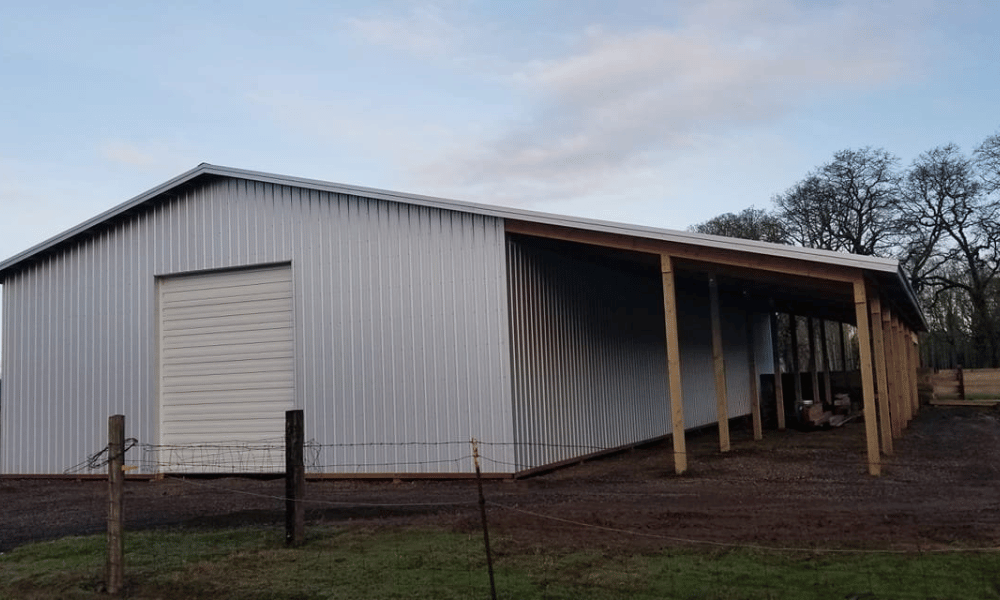Building a pole barn can be an exciting venture, whether it’s for agricultural purposes, storage, or even a workshop. However, it’s essential to understand the financial aspects involved. In this article, we’ll delve deep into the Top 10 Expenses When Constructing a Pole Barn, ensuring you’re well-informed before diving into this rewarding project.
Understanding Your Pole Barn Project
What is a Pole Barn?
A pole barn is a type of structure that uses poles or posts as its primary support system. Unlike traditional buildings that require foundations, pole barns are often quicker and more cost-effective to build. They can be used for various purposes—ranging from storing equipment to housing livestock.
Why Choose a Pole Barn?
You might wonder why so many people opt for pole barns over conventional structures. For starters, they’re typically cheaper to construct, easier to maintain, and offer more flexibility in design. But what are the costs associated with building one? Let’s break it down.
Top 10 Expenses When Constructing a Pole Barn
1. Site Preparation Costs
Before any construction begins, you need to prepare your site. This can include clearing land, grading the area, and ensuring proper drainage.
How Much Does Site Preparation Cost?
Depending on your location and pole barn garage the complexity of the job, costs can range from $500 to $5,000 or more. Factors influencing this expense include:
- Size of the site Terrain difficulty Required permits
2. Materials Costs
The materials you choose will significantly impact your overall budget.
What Materials Are Needed for a Pole Barn?
Here's a quick rundown:
- Posts: Treated lumber or steel poles Roofing: Metal sheets or shingles Siding: Wood panels or metal sheeting Insulation: If needed for climate control
Estimated Material Costs
For an average-sized pole barn (around 30x40 feet), materials may set you back anywhere from $7,000 to $15,000.
3. Labor Costs
Hiring professionals can save time but comes with labor expenses.
How Much Should You Expect to Pay for Labor?
Labor costs vary widely based on location and project complexity but generally range from $50 to $100 per hour. An entire crew could cost anywhere from $2,000 to $10,000 depending on how long it takes them to finish the job.
4. Foundation Costs
While pole barns don’t require traditional foundations, some level of foundation work might still be necessary.
What Kind of Foundations Do Pole Barns Need?
Most pole barns use post holes filled with concrete as their foundation method. This can run between $1,500 and $3,000 depending on soil conditions and local regulations.
5. Permits and Inspections
Don’t forget about permits! Many areas require permits before construction can begin.
What Permits Might Be Required?
Typical permits include:
- Building permits Zoning approvals Electrical permits (if applicable)
Costs can vary widely but expect anywhere from $200 to over $1,500 based on local regulations.
6. Utilities Installation
If your pole barn will have electricity or plumbing, you’ll need utilities installed.
How Much Will Utilities Set You Back?
Bringing in utilities can cost between $1,000 and $5,000 depending on distance from existing lines and installation complexity.
7. Interior Finishing Costs
Once your structure is up, consider how you'll finish the interior space.
What Are Common Interior Finishing Options?
Options may include:
- Wall coverings (drywall or plywood) Flooring (concrete vs wooden)
Costs here can range dramatically—from as low as a couple hundred dollars for basic finishes to several thousand for high-end materials.
8. Roofing Expenses
Don’t underestimate roofing! It’s crucial for protecting your investment from weather damage.
How Much Will Roofing Cost?
Metal roofing typically ranges from $2 to $6 per square foot installed while shingles might be cheaper initially but could require more maintenance over time.
9. Insurance Costs
Protecting your investment with insurance is always wise!
How Much Does Insurance Cost for a Pole Barn?
Insurance premiums depend on factors like location and intended use but expect somewhere between $300 and $1,200 annually.
10. Contingency Fund
Last but not least—set aside money for unforeseen expenses!
How Much Should You Allocate for Contingencies?
A good rule of thumb is around 10% of your total budget—just in case unexpected issues arise during construction!
FAQs About Building a Pole Barn
FAQ 1: Can I Build a Pole Barn Myself?
Absolutely! Many DIY enthusiasts successfully construct pole barns themselves if they have the right skills and tools. Just remember that it might take longer than hiring professionals!
FAQ 2: Do I Need Permits?
Yes! Most locations require permits when constructing any new building—even one as simple as a pole barn—so check with local authorities first!
FAQ 3: How Long Does It Take to Build?
Typically speaking, building a pole barn can take anywhere from a few days to several weeks depending on size and weather conditions—but plan ahead; delays happen!

FAQ 4: Can I Insulate My Pole Barn?
Certainly! Insulating helps regulate temperature inside your barn—especially important if you plan on using it year-round!
FAQ 5: Are There Specific Materials Best Suited for Rural Areas?
Yes! Some materials hold up better against rural conditions such as pests or harsh weather; talk with suppliers familiar with local needs!

FAQ 6: Is Financing Available for Building?
Definitely! Many credit institutions offer loans specifically designed for construction projects like building pole barns; just compare rates before committing!
Conclusion: Making Your Pole Barn Dreams Come True!
Constructing a pole barn doesn’t have to be daunting when you know what expenses lay ahead! From site preparation all the way down through insurance costs—it pays off big time by being prepared financially before breaking ground!
In summary—the Top 10 Expenses When Constructing a Pole Barn are significant considerations that should guide every step of your planning process; keep these details at top-of-mind so you won’t find yourself caught off guard when it's time to build!

So roll up those sleeves—start budgeting—and get ready to enjoy all that your very own pole barn has in store! Happy building!